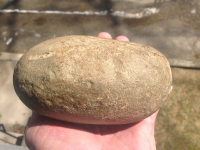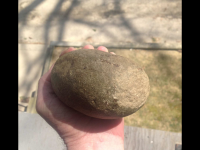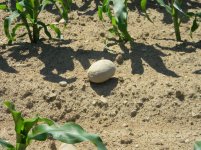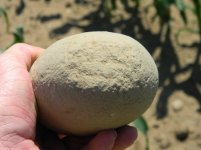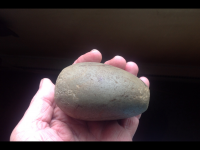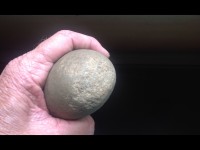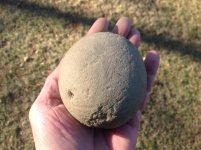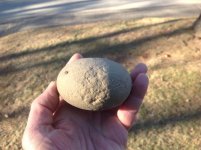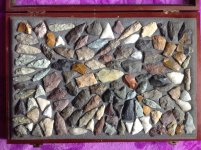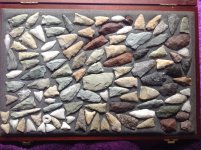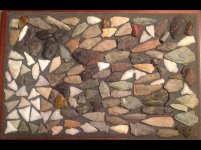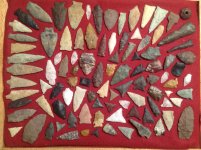Wandermore91
Jr. Member
Upvote
0
I would definitely explore that rock pile.
Maybe. Doesn't seem to have a lot of use wear...but maybe a little. But definitely has the shape of hammer stones I find. The ones I find do have edges with obvious battering.
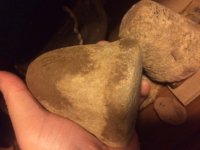
For an item to be an artifact it has to be shaped or worked by man. It will have pecking or polishing and there is usually no doubt. You rock shows none of that but it is a nice shape. They could have used it as a natural rock but unless you find it in context with artifacts you will never know. Rocks from all over are different and they used what was available. Here are two in various stages of work and pecking found with other artifacts. Hope this helps.
View attachment 1560200
Did you find any flint/chert debitage around that rock?
I’m confused. So do you guys rule this an artifact or not? lol
